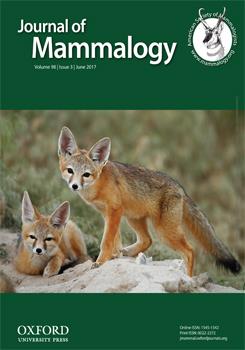The giant armadillo (Priodontes maximus) is the largest extant armadillo species. This rare, cryptic, and poorly studied South American mammal is considered a physical ecosystem engineer. From February to August 2014, 10 camera traps were used to estimate population density, activity patterns, and the ecological importance of giant armadillos on private lands with riparian forests and natural savannas near Puerto Gaitán (Meta), in the Eastern Llanos of Colombia. A total of 5,728 records (photos and videos) were obtained during 1,335 trap nights, 7.4% of which corresponded to giant armadillos and 92.6% to other vertebrate species. The 426 records of Priodontes, grouped in 78 events (uncorrelated records), were used to individually identify 11 individuals in an area of 189 km2 and determine their activity periods. Population density was estimated at 5.8 animals/100 km2. Nocturnal habits, mainly between 22:00 and 00:00 h, were predominant. A total of 470 km walking transects, censuses of burrows and other indirect signs of presence, and camera trapping allowed determination of some aspects of habitat use. Priodontes prefers riparian forest habitats, makes burrows of 42.0 ± 5.9 cm width and 35.0 ± 5.9 cm height in sloped terrain, and re-uses burrows. More than 26 different species were associated with Priodontes burrows. The conservation of riparian forests is fundamental for the persistence of P. maximus populations and the ecological community that is associated with its burrows.
How to translate text using browser tools
3 May 2017
Population density, activity patterns, and ecological importance of giant armadillos (Priodontes maximus) in Colombia
Carlos Aya-Cuero,
Abelardo Rodríguez-Bolaños,
Mariella Superina
ACCESS THE FULL ARTICLE

Journal of Mammalogy
Vol. 98 • No. 3
June 2017
Vol. 98 • No. 3
June 2017
activity patterns
Chlamyphoridae
Dasypodidae
ecological importance
population density
tatú carreta




